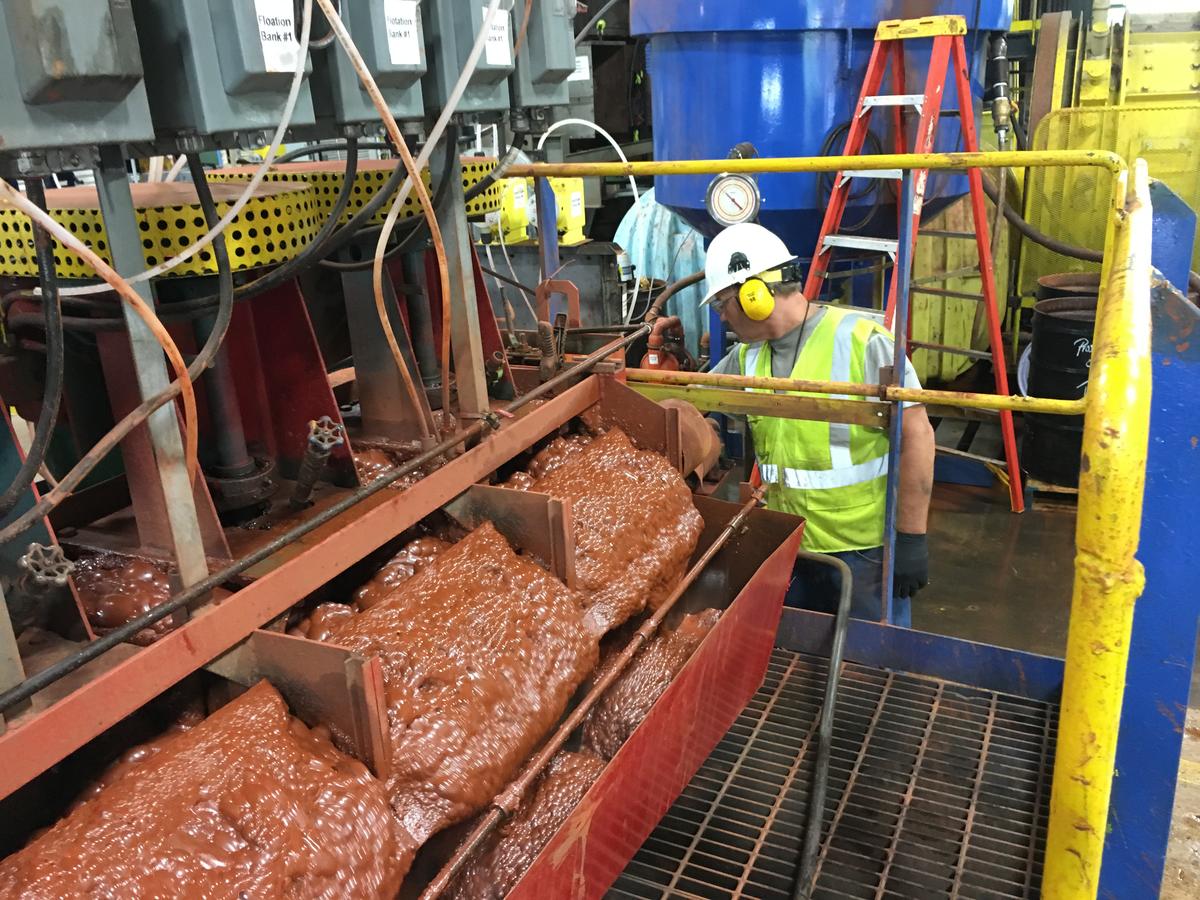In 2016, NRRI proposed piloting innovative technologies to support Minnesota's mining industries and precious water resources. The state legislature responded with a biennial appropriation of $2.6 million for the Minnesota Mining and Water Innovation Initiative. The following projects were launched and NRRI moved them forward to expand understanding, capability and demonstration.
1. Beyond taconite
Working with industry partners, NRRI completed the design and initiated the fabrication of a globally unique simulation process to demonstrate opportunities to produce high value direct reduced iron (DRI).
- Designed to meet deficiencies in industry ore screening tests.
- Reveals opportunities to extend Minnesota ore resources into broader national steel markets.
- Stayed within budget and size constraints; learned more and expanded scope.
- Next steps: Continue to work with industry to fund, construct and deploy.
2. Iron Range of the Future
What will happen when Minnesota runs out of magnetic iron used to make taconite pellets? NRRI took the first steps in making pellets with iron resources that currently are not mined: hematite and goethite. This will potentially expand the state’s available ore bodies and reduce mining waste. The research led to new understandings of the Range’s mineral complexity that will require continued evaluation to develop a more broadly applicable technology. Sample products will be piloted and tested against current mining products.
3. Data for Decision-Makers
Over 250 multi-disciplinary layers of data – forest, water and mineral resources, infrastructure, community information and more – are compiled into the Natural Resource Atlas of Northeastern Minnesota. This search tool allows users to view, explore, analyze and share information for efficient and informed decision-making. It was developed with extensive input from end users and two Advisory Committees representing natural resources agencies and other stakeholders. Plans to expand the Atlas state-wide are underway. Beta roll-out was impressive: “Well worth the effort and money,” according to several reviewers.
4. Low cost sulfate reduction
Industrial Applications: To meet water quality standards, NRRI harnessed an electrochemical/microbiological process that converts sulfate to sulfide, and then captures and removes it using waste iron resources. Scientists discovered ways to predict and control the rate and capacity of iron release for sulfide capture. This process has the potential to reduce sulfate from ranges in the thousands to hundreds parts per million. Industrial partnerships are helping to determine the design and operation parameters in the next phase pilot-scale demonstration.
Municipalities: Northern Minnesota communities are seeking affordable ways to meet the state’s low sulfate standards for wild rice. NRRI is leading a multi-disciplinary team to pilot the transformation of soluble sulfate into a solid for removal from municipal wastewater effluent. This is a unique adaptation of known processes. A larger scale pilot is planned to develop a mobile unit to test the technology in northern Minnesota towns.
